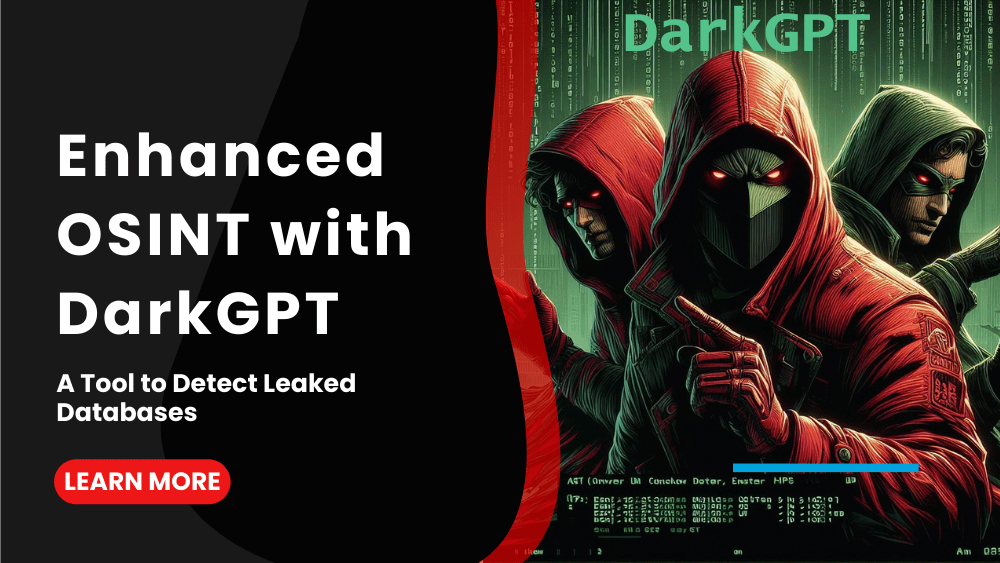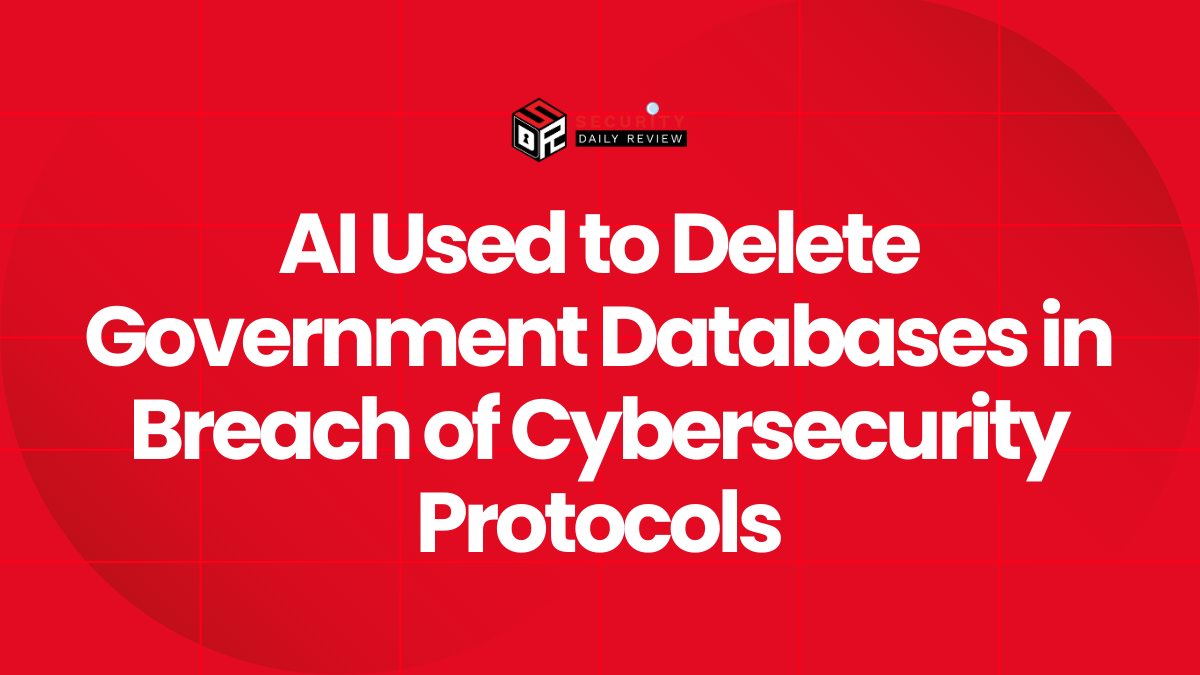A Spanish security researcher “luijait “, recently unveiled an AI-powered tool called DarkGPT that aims to streamline the process of open-source intelligence (OSINT) gathering.
DarkGPT leverages the power of natural language processing to assist with queries about databases that may have been compromised.
Built using Anthropic’s Constitutional AI technique on GPT-4, DarkGPT can understand plain English questions and provide contextual responses.
This allows DarkGPT to automate some repetitive OSINT tasks, freeing up analysts to focus on higher-level work.
How DarkGPT Works
DarkGPT runs locally on a user’s machine after cloning the Github repository and setting up the required Python environment.
It integrates with the Dehashed API to search for leaked credentials within breached databases.
Users can simply ask DarkGPT questions like “What emails are associated with domain example.com in leaked databases?” and it will return any relevant results.
Installation and Environment Setup
To set up DarkGPT on your system, follow these steps:
- Clone the GitHub repository:
git clone https://github.com/luijait/DarkGPT.git- Navigate to the project directory:
cd DarkGPT
- Create a .env file and add your Dehashed API key:
touch example.env
DEHASHED_API_KEY="your_api_key_here" - Install Python package dependencies:
pip install -r requirements.txt- Run the main script:
python3 main.pyDarkGPT will now be launched and ready to accept queries.
For example, to search for emails from a domain in leaked databases, enter:
What emails are associated with my domain example.com?
The tool demonstrates how AI can augment the work of cybersecurity professionals. By understanding natural language, DarkGPT removes the need for users to form complex search queries themselves or manually parse through database contents. This improves efficiency.
As the AI analyzes more queries over time, its responses should become more accurate and insightful.
Future Applications of DarkGPT
While still early in development, DarkGPT points to the vast potential for AI to aid security investigations. With access to larger data sources, a model like DarkGPT could uncover subtle patterns and associations that humans may miss.
It also raises the possibility of AI proactively identifying emerging threats by continuously monitoring darkweb activity and open discussion forums.
Of course, AI systems will need to be carefully evaluated for bias, fairness and transparency to gain trust.
As the threat landscape evolves rapidly, artificial intelligence is playing an increasingly important role in cybersecurity.
Overall though, as cybercriminals employ increasingly sophisticated techniques, AI is poised to become an indispensable tool for defenders seeking to stay one step ahead.
Projects like DarkGPT offer a glimpse at how the pairing of OSINT and artificial intelligence can strengthen our cyber defenses.









